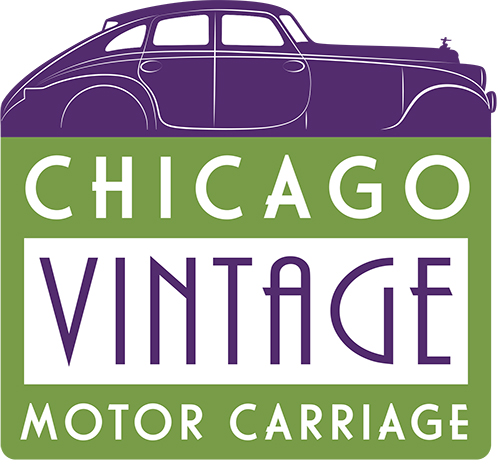1927 Pierce Arrow Model 80 Runabout
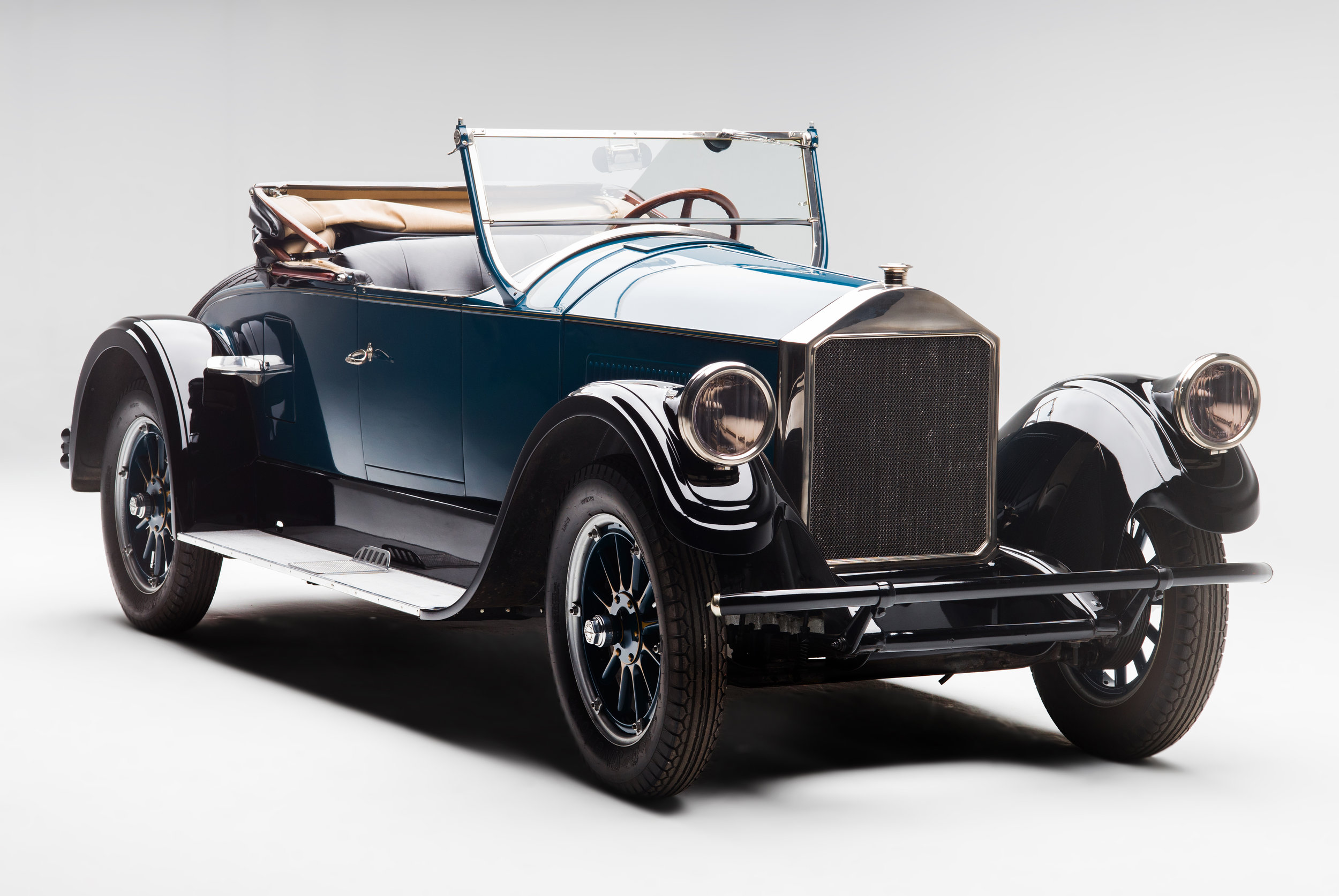



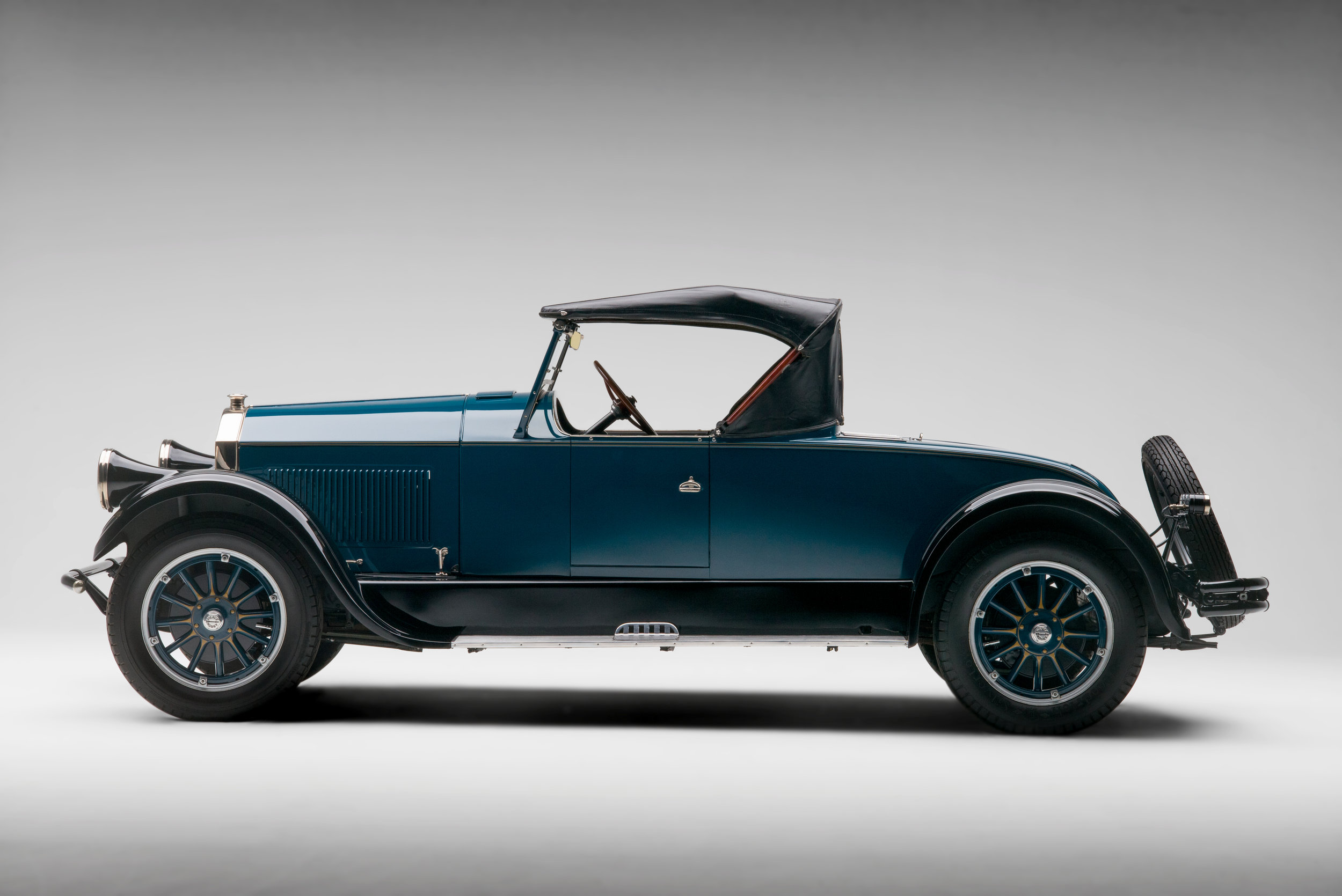
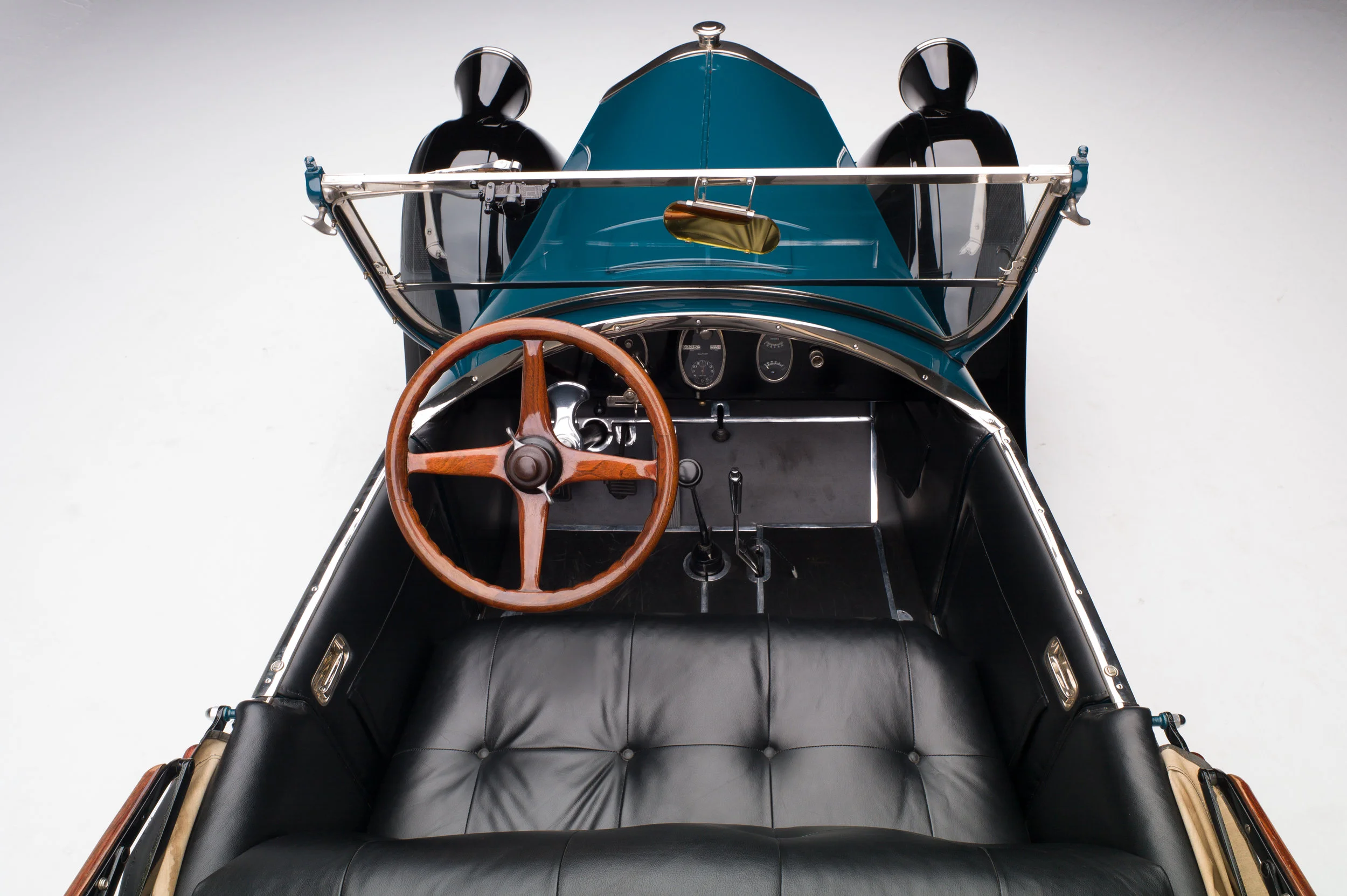

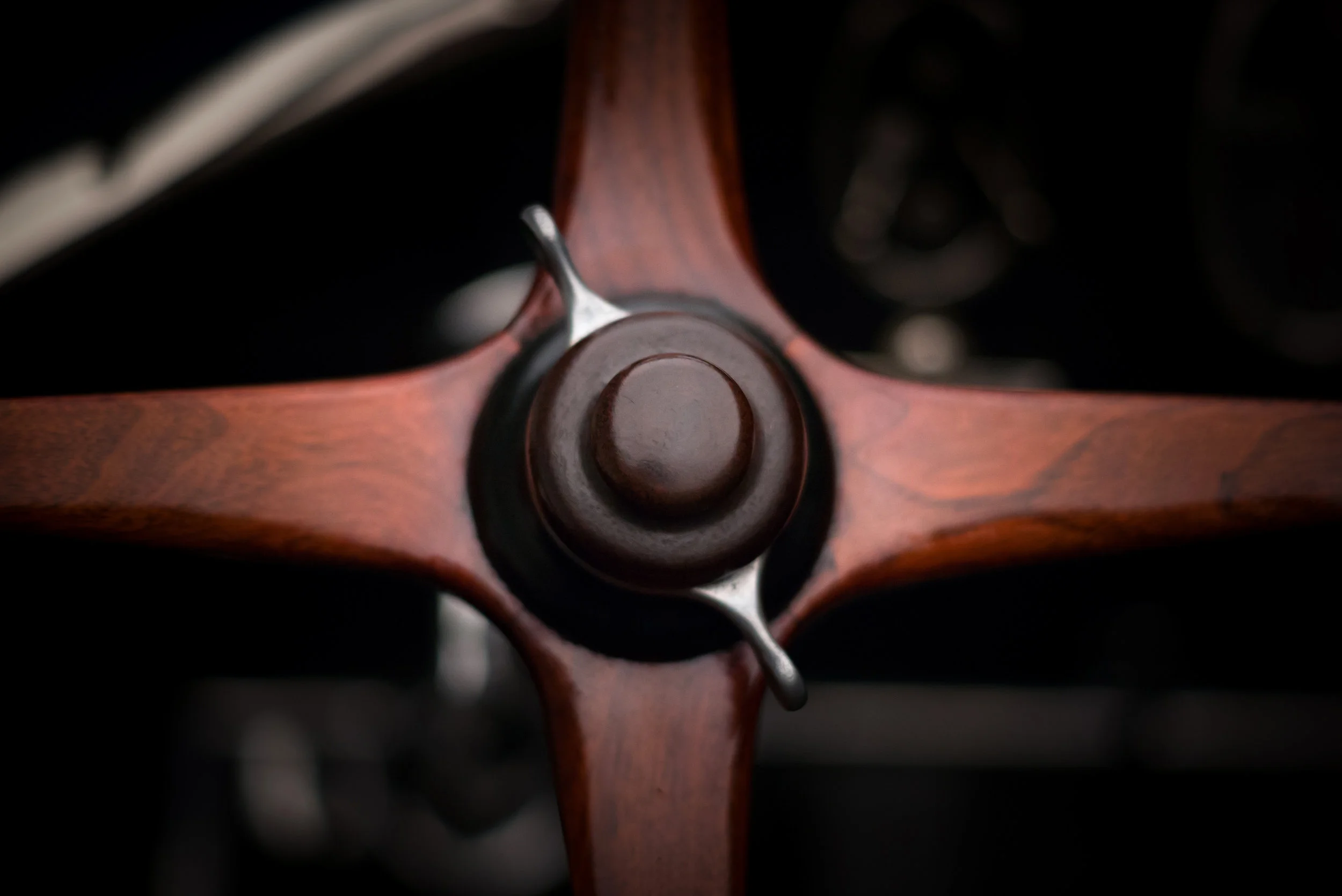
1927 Pierce Arrow Model 80 Runabout
Big sixes were a way of life for Pierce-Arrow, including one of the biggest ever built, the mighty 824 cubic inch 66s. In the era before Vee engines, large six-cylinder engines made sense–companies experimented with straight eights, but had to devise sometimes complex solutions to problems with the forces exerted on long crankshafts.
- YEAR & MAKE - 1927 Pierce-Arrow
- MODEL NAME -80
- MODEL/BODY/STYLE NUMBER - 80
- BODY TYPE - 2 Door, 2/4 Passenger Rumbleseat Runabout
- BODY BY - Pierce Arrow
- # CYLS. - Strt. 6
- TRANSMISSION TYPE & NUMBER - 3 Speed, RWD
- WEIGHT - 3,400 lbs
- ESTIMATED PRODUCTION - 15,000 (All Models)
- HP - 70
- C.I.D. - 288.5
- WHEELBASE - 130″
- PRICE NEW - $2,495-$4,045
V-8 engines appeared in commercial quantities in 1914 with Cadillac, Oakland, Oldsmobile, Cole and others, but luxury was synonymous with conservatism and the inherent smoothness and torque of a big six was indispensable to Pierce-Arrow’s image.
Nevertheless, as the Twenties progressed, straight eights, V-8s and then V-12s overcame their teething problems and big six cylinder engines fell out of favor in the United States (they held on in Europe for longer). Pierce-Arrow’s solution was the four-valve head of their Dual Valve engines, which proved to be extremely competitive in specification, if not in price. The Buffalo, New York, manufacturer’s cost-no-object philosophy (along with management problems) meant they were seeing annual sales in the four-figure range–a mere 2,078 cars in 1924. There was little choice but to expand their range.
When a luxury car manufacturer makes a more affordable car, the results are seldom pretty. You end up with Packardbakers or Cadillac Cimarrons. Pierce-Arrow’s idea was different. They would build a light six; well, a lighter six, but they would build it with the same extraordinary care and attention to detail that was their hallmark.
Introduced in 1924, the Series 80 Pierce-Arrows were easily recognizeable, but unlike the 414.7-cu.in Pierce-Arrow 33 that was previously their only other car, the 80’s cast-iron six only displaced 288.7-cu.in. It was rated at a taxable 38hp, but actually produced 65hp at 2,700 RPM at the rear wheels, a high-winding powerplant from a company whose 66 had made peak torque at 850 RPM. A Series 80 Pierce with light bodywork could hit 65 MPH, and cruise at 55; careful driving yielded 17 MPG.
The 80 may have been simpler and less expensive than a Dual Valve 33, but nothing was compromised in construction. Each special manganese alloy crankshaft was fully machined, statically balanced, then dynamically balanced before installation. Con rods were balanced matched for weight; cylinder bores were bored and honed five times. After completion, each engine was dyno tested then taken apart for inspection: Pierce-Arrow alluded to Duesenberg when they said, “Excepting one company which produces an automobile costing thousands of dollars more than the Series ’80,’ Pierce-Arrow is the only company we know of which partially disassembles each engine for inspection, after a preliminary test, and then reassembles it for subjection to a final test.” Their engine, they said, was intended to last for 200,000 miles. Aluminum bodies were built in-house over northern white ash framing, which Pierce-Arrow cured for two years, kiln dried and considered superior to oak or hickory. Riding inside is a cozy, but plush experience, even in the rumbleseat.
As they did with larger cars, Pierce-Arrow continually pulled 80s at random from production and subjected them to road testing. As they found faults, they introduced changes into the line. The final run of 500 Pierce-Arrow Series 80s for 1927, before the company became involved with Studebaker in 1928, had an “improved” engine with heavier crankshaft, aluminum pistons replacing cast iron, and aluminum cylinder head. This yielded higher compression, more efficient breathing and 15% more horsepower, 75hp at 3,200 RPM.
If they didn’t sell the 10,000 per year for which they hoped, they did more than double sales and record a solid 5,000-plus cars annually from 1924 through 1927, over 16,000 of those Series 80s. They briefly sold a revised Series 81 for 1928, but Pierce-Arrow never offered a six-cylinder car again.
Pierce-Arrow runabout #8016 943 was never been entered into the Pierce-Arrow roster and its history is obscure. It does appear to be an original roadster body, but our research has only traced it back to a family in the Pacific Northwest, which passed it down from a father to daughter. Secondhand reports indicate it may have been cream colored at some point, and we will continue to chase down the threads of this wonderful little car’s past.
